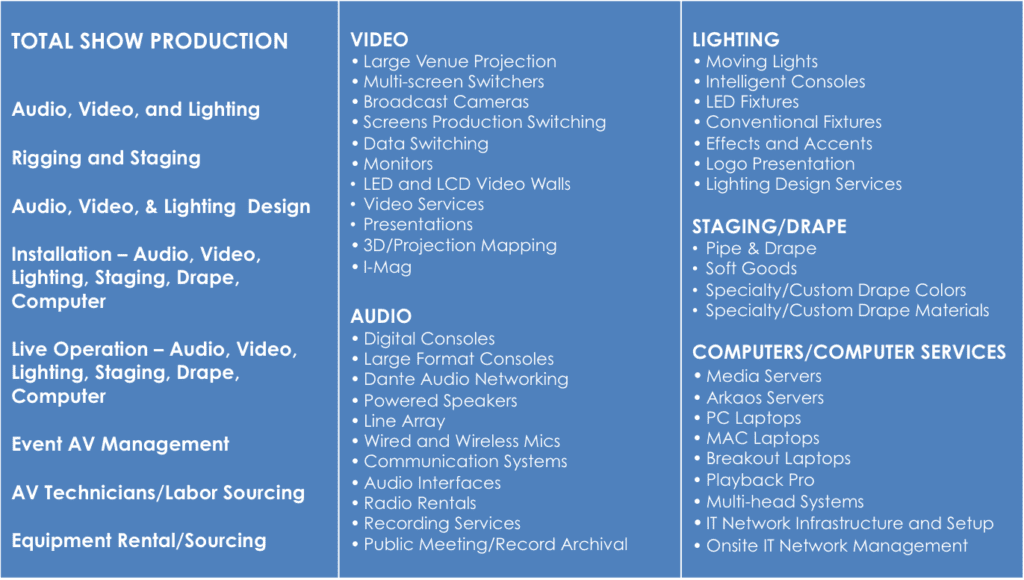Perfecting Dante's Sound Networking for Flawless Integration in Business Setups
Wiki Article
Dante's audio networking is a robust solution that has become essential in the field of business sound setups. It allows multiple sound units, such as microphones, mixing consoles, and speakers, to interact over conventional IP systems. This system simplifies the process of sending and receiving audio data, making it more manageable for engineers to handle intricate setups. By using this technology, operators can connect numerous devices without the need for extensive wiring, which not only conserves time but also reduces costs. Understanding how to master Dante audio networking can significantly enhance the effectiveness and flexibility of sound systems in commercial environments.
One of the crucial features of this networking is its ability to transmit superior audio over extended ranges with minimal latency. Conventional sound cables can diminish the caliber of audio and limit the range it can cover. However, with Dante, sound signals are converted into digital information and transmitted over an existing IP system. This means that audio can be transmitted over typical cable lines, which are simpler to set up and manage. Additionally, Dante accommodates various sound types, allowing users to select the most suitable option for their distinct needs. This versatility makes Dante a popular selection for many sound professionals.
Another benefit of this audio networking is its scalability. In business setups, the number of sound devices can read more increase over the years as demands change. Dante enables operators to easily add or remove units from the system without interrupting the entire system. With a simple setup change, new devices can be added effortlessly. This adaptability is particularly beneficial in settings such as meeting centers, theaters, and educational establishments, where sound demands can fluctuate considerably. By leveraging this technology, companies can ensure that their audio solutions remain adaptable and capable of meeting future challenges.

Moreover, this offers strong control tools that enhance the complete sound quality. The Dante Controller application allows operators to monitor and control all devices on the system from a unified interface. This centralized control makes it easier to manage audio routing, volumes, and configurations across multiple units. Additionally, the application includes capabilities like device discovery and signal tracking, which help engineers quickly detect and resolve any issues. These features add to a more seamless functioning and ensure that high-quality audio is consistently provided, which is vital in business settings.
Finally, mastering this sound technology can lead to enhanced collaboration among audio experts. As the system becomes more prevalent, grasping how to utilize it effectively can set engineers beyond in the industry. Education in this technology can open up new career prospects and improve an employee's capabilities in sound design and setup. With the increasing need for advanced audio systems in commercial settings, becoming skilled in Dante networking not only advantages individual development but also adds to the effectiveness of projects and organizations. Embracing this system is critical for those looking to excel in the industry of sound engineering.